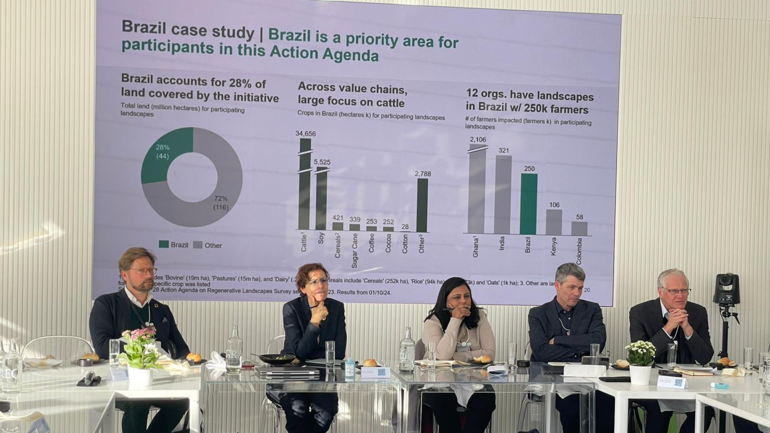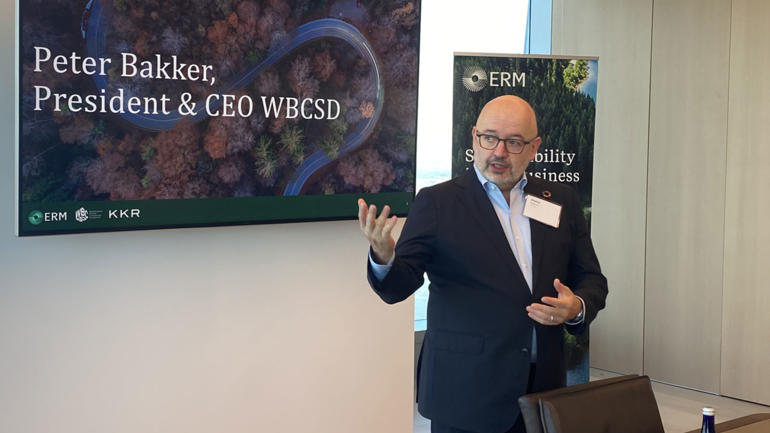The official launch of the Sustainable Development Goals(SDGs) in New York last September defined a clear agenda for the global development till 2030, representing an unprecedented opportunity to put society on a truly sustainable and equitable pathway.
As we at WBCSD have long argued, it is now recognized that business has a leading role to play as the world embarks upon this journey. It is up to companies to identify solutions through which they can maximize their contribution to the SDGs and creatively address the pervading economic, social, and environmental challenges facing the world today.
The adoption of the SDGs reinforces mounting stakeholder expectation and consumer demand for a corporate transition that goes beyond a business-as-usual approach, in favor of a model which increasingly positions the creation of natural and social value at the center of core business.
The development of the Natural Capital Protocol (NCP), for example, will be instrumental in improving business’ capacity and capability for environmental decision-making. Due for release in July this year, the NCP aims to provide a standardized framework for business to measure and value their direct and indirect impacts and dependencies (both positive and negative) on natural capital.
As part of this new demand for better valuation, the concept of social impact is also undergoing a substantial integration into mainstream discussion. There has been a surge in the number of companies who are establishing social innovation projects designed to create socially conscious goods and markets while simultaneously delivering business value and achieving growth.
These projects have their risks and challenges, but picking the right approach can lead to a compelling win-win for both business prosperity and a meaningful contribution to society.
This begs the question: What is the right approach? What sort of strategic options are there for companies wanting to develop their own social innovation offerings? And what lessons can we learn from those who have already started the journey?
These are exactly the types of issues that our Social Impact Cluster has set out to provide guidance on through its latest report, titled License to Innovate: Breakthrough Strategies for Social Impact.
Produced in partnership with Deloitte and leveraging the valuable and diverse experience of a number of leading companies such as CEMEX, DSM, Firmenich, Novozymes, PepsiCo, and Philips, the report takes a deep dive into the topic of social innovation. It explores how and why companies are developing business solutions focused on social impact, as well as assessing the merits of different strategic approaches and highlighting potential pitfalls.
There are five distinct innovation strategies outlined in the report. They provide inspiration as to how companies can bring profitable offerings which yield social impact to market. Each approach involves varying degrees of collaboration with a range of external parties, at different junctures along the innovation process.
The report doesn’t advocate a singular prescriptive approach. It encourages each company to take the time to determine which strategy (or combination of strategies) is most suited to their particular area of focus before proceeding.
WBCSD is committed to collaborating and sharing information on this topic – our goal is to support companies as they move beyond business-as-usual in order to undertake an ever more transformative role in society. The challenging nature of this field is matched only by the scale of the opportunity that it represents both to business and to society as a whole.
I would like to commend everyone who is working to advance the rapidly evolving social innovation agenda. For those who are embarking on this journey, I encourage you to read this report.








